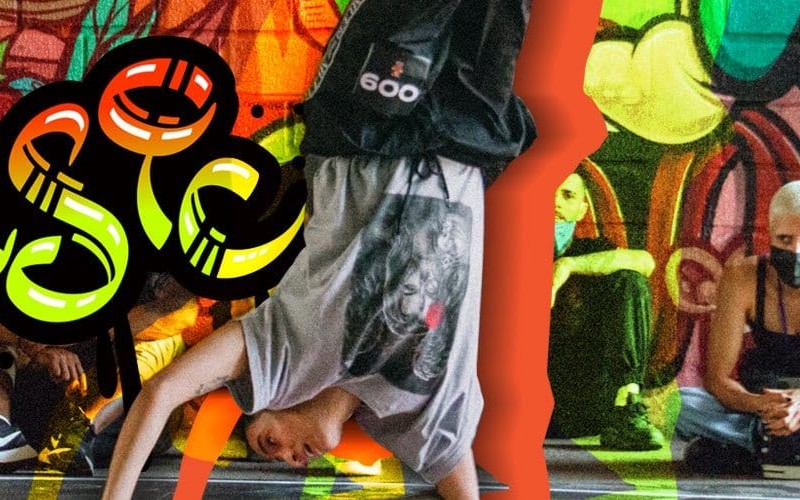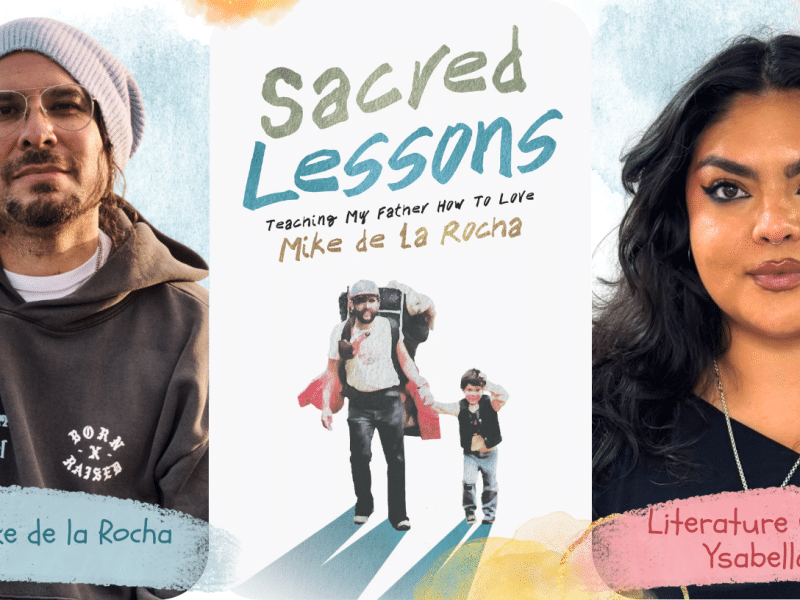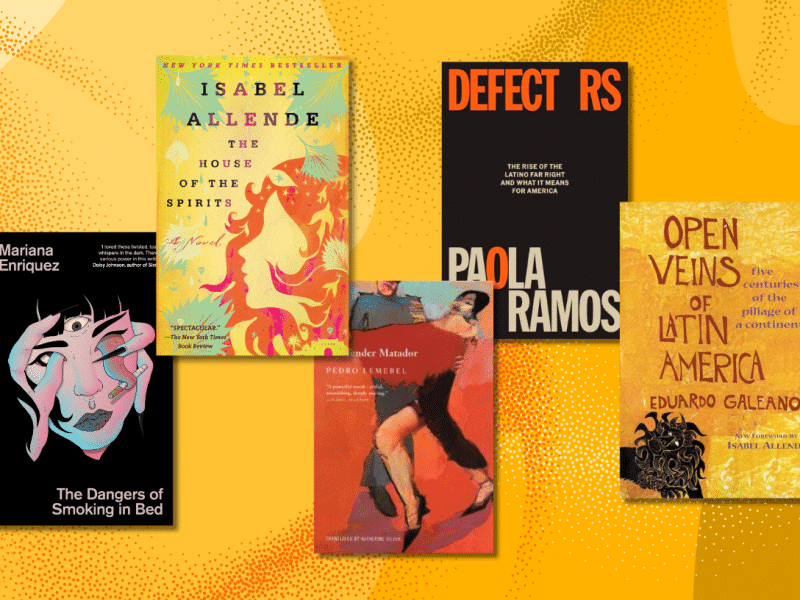Urban Beats: The Genres Shaping Latino Music Explained
From Cumbiaton and Turreo to the raw energy of Trap, Dembow, and the fresh vibes of Neo Perreo – if you haven’t explored the world of Urbano, you should.

Urban music encompasses a wide range of music genres that originate from vibrant and diverse communities. These musical styles often serve as a creative outlet and mirror the challenges, successes, and ordinary lives of the individuals residing in these areas. From Latin America to the Caribbean, urban music genres have evolved over time and continue to evolve so quickly it’s hard to keep up. And no, it’s not all just “reggaeton.”
Where music originated from is just as important as who’s currently creating it.
Reggaeton
Emerging from the vibrant musical scene of Puerto Rico in the late 1990s, reggaeton swiftly captured the attention of music enthusiasts by blending reggae, hip hop, and Latin American rhythms into a compelling fusion. At the heart of this genre lies the infectious dembow riddim, a rhythmic structure inspired by Jamaican dancehall music, accompanied by dynamic Spanish rap and melodic vocals. With each passing year, reggaeton has experienced an unprecedented surge in popularity, solidifying its position as one of the most impactful Latin urban genres on a global scale.
Reppin’ Reggaeton: Ivy Queen, hailed as the “La Reina del Reggaeton,” is a trailblazer in this genre. With her powerful voice and empowering lyrics, she challenged the genre’s traditional machismo, paving the way for many other female artists.
Dembow
Hailing originally from Jamaica, dembow found significant resonance in the Dominican Republic, where it garnered immense popularity. This urban music genre draws its foundations from the realms of dancehall and reggae, known for its distinctive repetitive, looped beats and energetic rhythm. Lyrically, dembow serves as a conduit for expressing the realities and challenges faced within urban neighborhoods, offering a powerful voice to these communities.
Reppin’ Dembow: Tokischa is currently one of the most prominent female figures in Dembow. Known for her energetic performances and often controversial lyrics, she represents a strong feminine presence in a predominantly male genre
Turreo
Originating from the depths of the Argentine underground music scene, Turreo, also recognized as Cumbia 420, emerges as a captivating sub-genre of Cumbia Villera. This genre skillfully intertwines the essence of traditional cumbia with electronic music and reggaeton influences. Its lyrical themes frequently revolve around vibrant party culture, sexuality, and the realities of life in urban slums, known as villas. With its signature synthesized beats and occasionally explicit lyrics, Turreo has established itself as a controversial yet undeniably captivating force within the realm of urban music.
Reppin’ Turreo: Cazzu is an Argentine singer, rapper, and songwriter known for her influential presence in turreo and trap. Her music often explores themes of love, heartbreak, and female empowerment, and her charismatic approach has helped her gain a devoted fan base and establish herself as one of the leading figures.
Neo Perreo
NeoPerreo, alternatively referred to as Latin dancehall or perreo 2.0, arises as a sub-genre within the diverse landscape of urban music, finding its roots in Latin America, notably in Chile and Puerto Rico. This distinctive genre seamlessly melds elements of traditional reggaeton and dancehall with experimental and electronic sounds. NeoPerreo breathes fresh life into the classic perreo style, embracing contemporary influences and amplifying messages of female empowerment, sexual liberation, and unapologetic self-expression. It serves as a testament to the ever-evolving nature of urban music, pushing boundaries and reflecting the dynamism of the current cultural landscape.
Reppin’ Neo Perreo: Tomasa del Real is a Chilean artist who has gained recognition as a key player in the neo-perreo or Latin dancehall scene. Her music incorporates traditional dancehall sounds with electronic beats, and her lyrics often explore themes of female empowerment and sexual freedom.
Trap
Originating in the early 1990s in the Southern United States, trap music established its foundation. This genre distinguishes itself with its foreboding, introspective lyrics and assertive, synthesized beats. In more recent times, Latin Trap has surfaced, harmonizing traditional trap elements with distinct Latin music traits and Spanish verses. Within this genre, narratives centered around the realities of street life prevail, chronicling tales of adversity, aspiration, and ultimate conquest. Latin Trap stands as a testament to the genre’s evolution and cross-cultural influences, bridging diverse musical landscapes while capturing the essence of urban experiences.
Reppin’ Trap: Colombian singer, rapper, and songwriter Farina’s commanding delivery, coupled with her unique blend of trap, reggaeton, and hip-hop influences, has solidified her position as an influential artist within the genre.
Cumbiaton
Cumbiatón is a genre that merges reggaeton and Mexican cumbia sonidera, characterized by lively dance rhythms, memorable melodies, and a fusion of traditional and electronic instruments. The genre’s popularity has been on the rise, particularly in Mexico, as it seamlessly combines the timeless essence of traditional Mexican sonidero music with a contemporary urban sound.
Reppin’ Cumbiaton: Bellakath’s explosive rise to fame on TikTok, fueled by her chart-topping hit “Gatita,” has established her as the reigning queen of cumbiaton.
Still, we’ve just skimmed the surface of the incredible Latin urban music scene, but guess what? There’s so much more to explore, and there’s a subgenre for every taste out there. What’s your go-to?




